ERC-20, TRC-20, and BEP-20
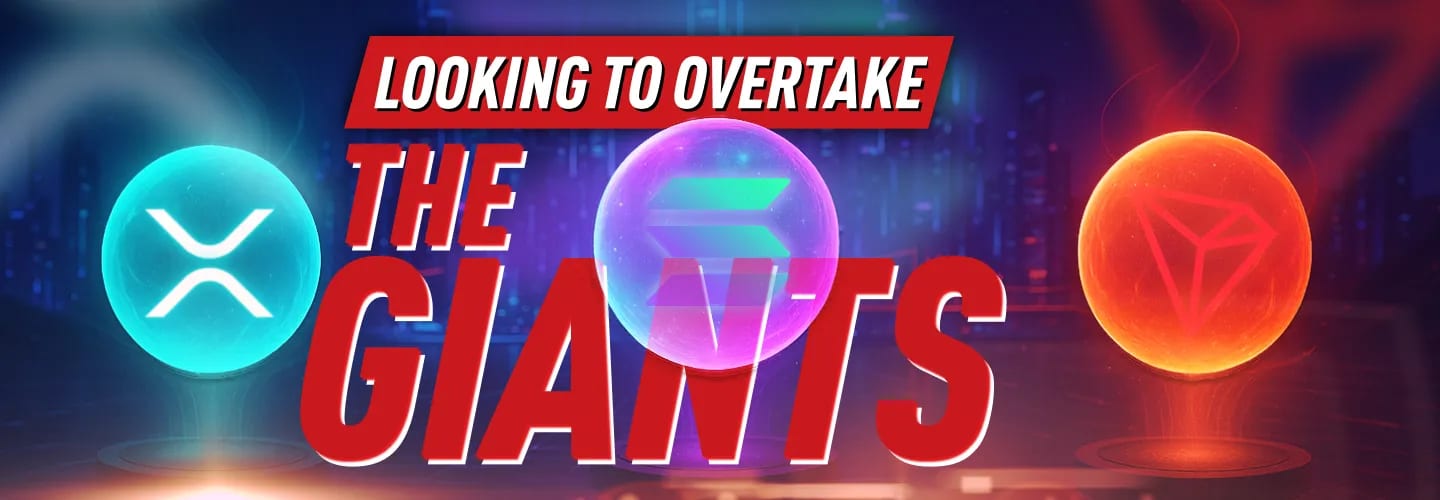
ERC-20, TRC-20, and BEP-20 Explained: A Beginner’s Guide to Token Standards
The Web3 world of cryptocurrencies consists of millions and millions of smart contracts, building up a vast ecosystem. And at the root of this ecosystem are token standards, which can be imagined as kinds of architectural blueprints. These blueprints define how digital assets will function on a certain blockchain.
The most popular token standards are ERC-20, governing tokens on Ethereum, TRC-20, governing tokens on Tron, and BEP-20, governing tokens on TRON.
If you have ever traded coins like Tether (USDT), USD Coin (USDC), or literally any DeFi token, you have already come in contact with one of these standards; you were just not aware of it!
But behind the scenes, these tokens determine how fast your transactions are, how much you pay in fees, and how safely you can transfer currencies.
In our comprehensive guide, we aim to take you through the ins and outs of these three token standards, comparing their strengths and weaknesses to help you decide which one to choose.
What Are Token Standards?
Before we get into the details of ERC-20, TRC-20, and BEP-20, let’s try and think of token standards as rulebooks instead of just blueprints.
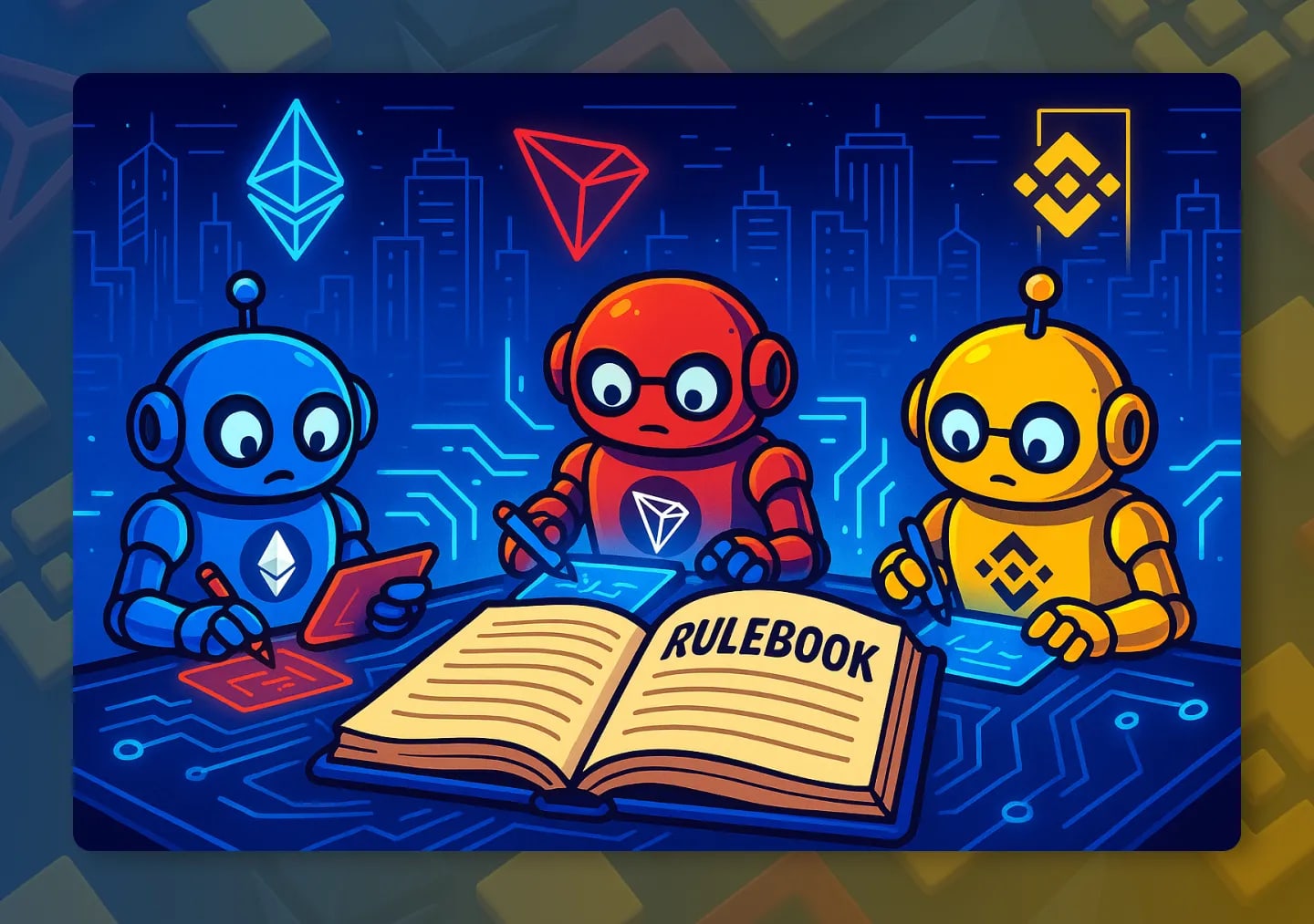
Every time someone wants to create a token or manage an already existing one on a blockchain, they refer back to the ‘rulebook’, the token standard itself.
Thus, token standards’ main job is to ensure the compatibility of tokens, for example, that your USDT on the Ethereum blockchain can interact with crypto wallets, exchanges, and DeFi protocols seamlessly, without any glitches.
Think of it as the rulebook for creating and managing tokens on a blockchain. It ensures compatibility—so your USDT on Ethereum can seamlessly interact with wallets, exchanges, and DeFi protocols without glitches.
ERC-20: The Gold Standard of Tokens
Launched in 2015, ERC-20 became the foundation for fungible tokens (interchangeable assets like USDT or LINK) on Ethereum. Its widespread adoption means it’s the backbone of DeFi, NFTs (via ERC-721), and ICOs.
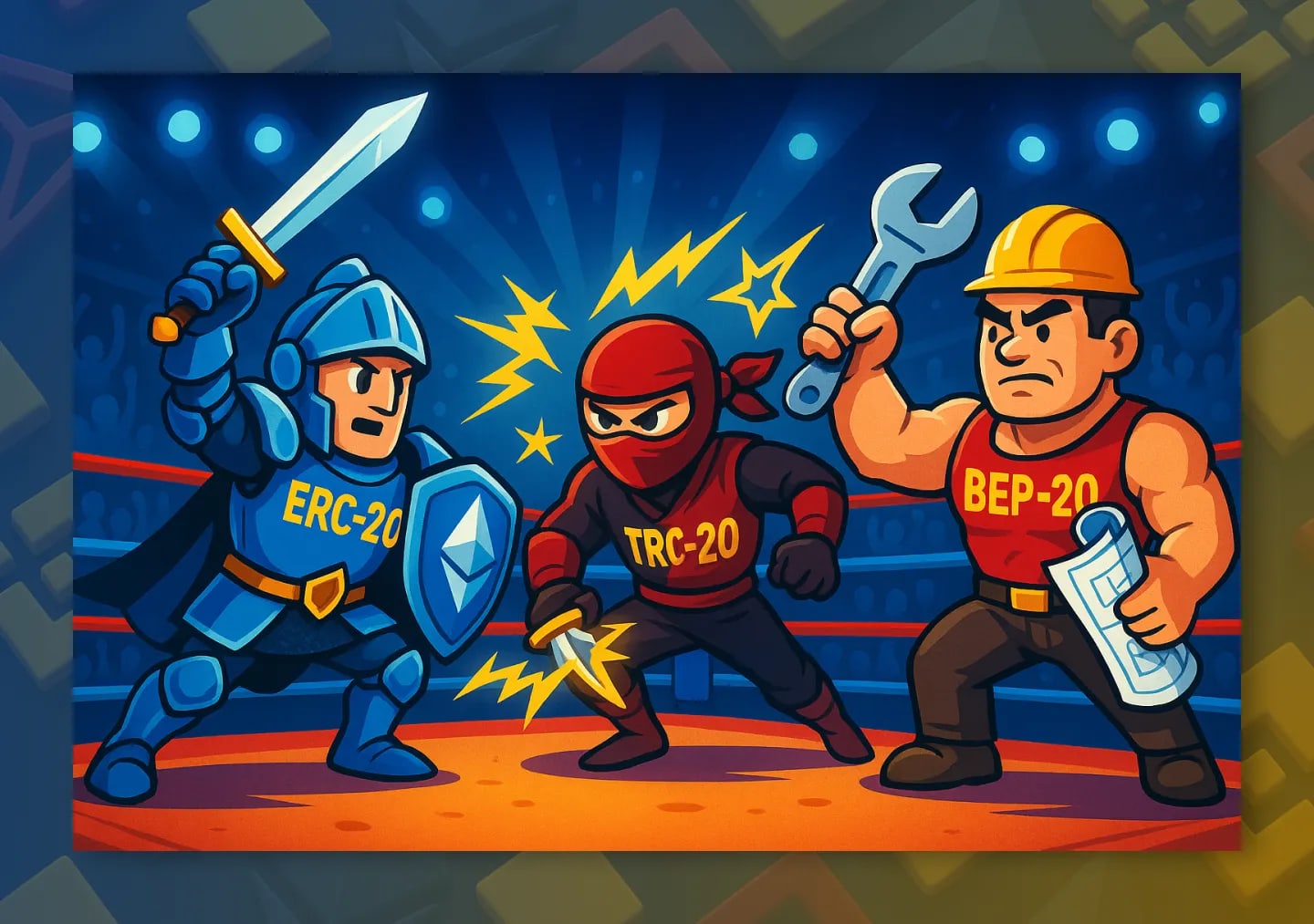
Ethereum’s Innovations
While Bitcoin is ‘just’ digital money on a blockchain, Ethereum’s blockchain is programmable, which opened the door for groundbreaking innovations in the world of cryptos.
EVM
The heart of these innovations is the Ethereum Virtual Machine (EVM), which is a decentralized computer that powers the cryptocurrency itself. This EVM executes the smart contracts by processing transactions in a secure environment.
The EVM is Turing-complete, which means that it can perform any computation if it has enough resources. This makes it very flexible for developers who can write code and develop dApps without needing to trust each other or a central authority, because trust is placed in decentralized consensus mechanisms.The EVM powers DeFi, NFTs, and DAOs.
DeFi
DeFi or Decentralized Finance means that Ethereum’s smart contracts make financial services possible without banks or any intermediaries, for example by automated loans with collateral enforced by the smart contracts.
DeFi services include lending and borrowing (via Aave and Compound), decentralized exchanges (via Uniswap and SushiSwap), and stablecoin issuance (via MakerDAO).
Total Value Locked (TVL) in DeFi peaked at $180 billion in 2021, with Ethereum hosting ~60% of all DeFi protocols.
NFTs
Ethereum’s standards also allow unique digital assets to be created, owned, and traded. NFTs work through smart contracts too, which verify their scarcity and their ownership on the blockchain.
NFTs can be digital art, like the ones sold on CryptoPunks or the Bored Ape Yacht Club, or virtual real estate sold on Decentraland. NFTs’ price varies, with some worth practically nothing, while some sell for millions of dollars, like Beeple’s $69 million artwork sold during the 2021 NFT boom.
NFTs are now present in music and literature, too, with artists and authors releasing their albums and books in the form of non-fungible tokens. What’s more, brands like Samsung or Adidas buy virtual land to ‘build’ virtual stores on.
DAOs
Ethereum also enables DAOs, or Decentralized Autonomous Organizations, which many claim to be the future of society. These leaderless communities are governed by code and the votes of their members.
A DAO worth mentioning is MakerDAO, which manages DAI, the largest decentralized stablecoin with around $5 billion in market capitalization. Its members decide on fees and collateral types by voting.
Another interesting DAO is the ConstitutionDAO, whose members aim to bid on an original copy of the Constitution of the United States.
The Merge & Ethereum 2.0
Ethereum has also faced challenges and criticism in the past years. The cryptocurrency’s popularity led to network congestion, sometimes making transaction fees as high as $50, while its competitors like Solana (SOL) and Cardano (ADA) offer significantly lower transaction fees.
In September 2022, Ethereum transitioned from Proof-of-Work (PoW) to a Proof-of-Stake (PoS) system in an upgrade called ‘The Merge’.
PoW systems like Bitcoin’s are very energy-intensive and also limit scalability. With The Merge, Ethereum addressed environmental concerns by reducing energy consumption by 99.95 percent, and also paved the way for future improvements in scalability.
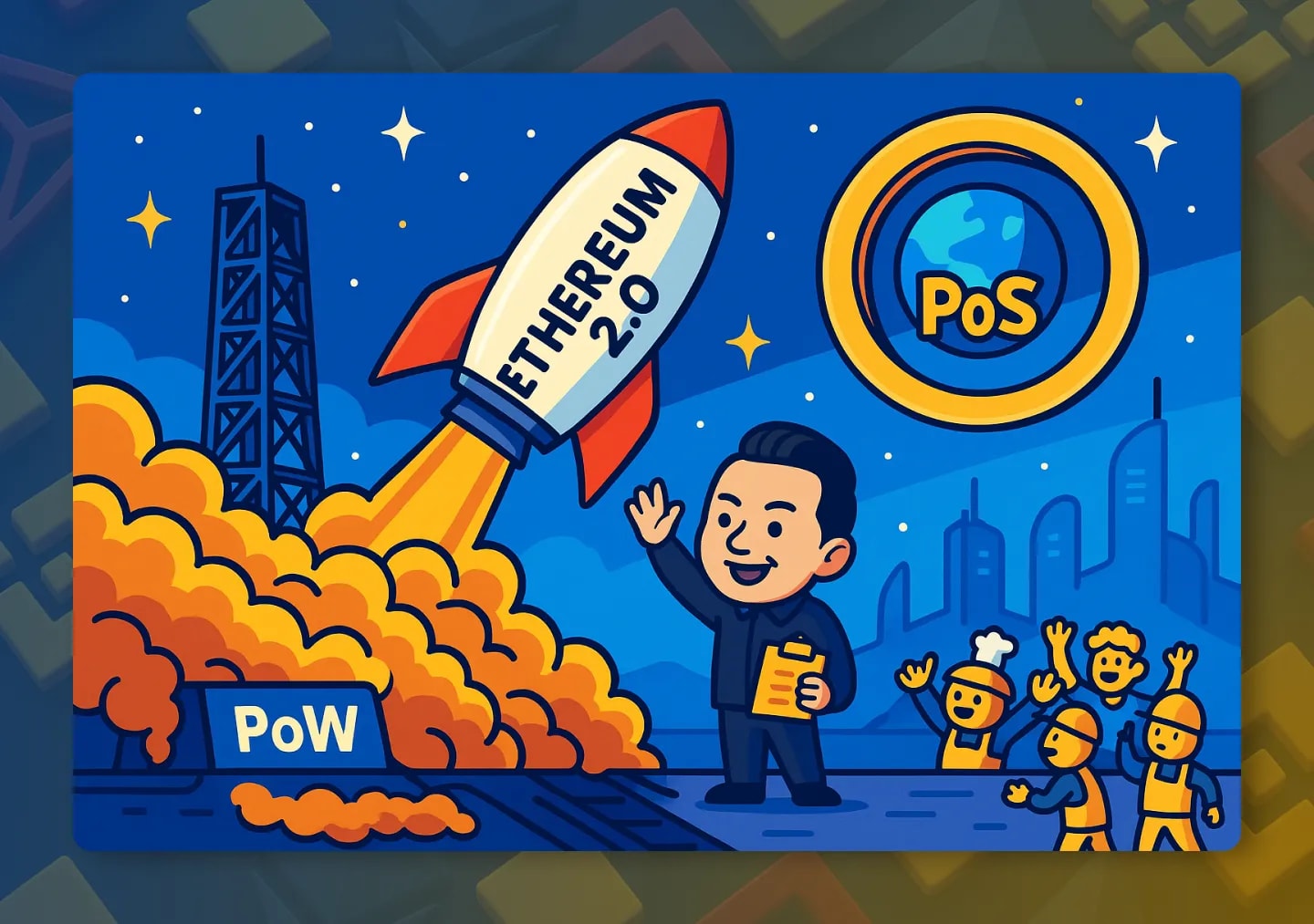
One of these improvements, called ‘’Proto-Danksharding’ was already launched in 2024, and Ethereum 2.0’s scalability roadmap has ‘Full Danksharding’ as the next milestone, which is said to increase Ethereum’s transactions per second to more than 100,000, possibly reducing transaction fees as well.
TRC-20: Tron’s Answer to High Fees
While Ethereum struggles with scalability, TRC-20 tokens thrive on Tron’s blockchain, which has almost zero fees and very fast transactions.
Content Monetization Ecosystem
Founded by Chinese tech entrepreneur Justin Sun, TRON’s high-throughput blockchain focuses on decentralized entertainment and content sharing. TRON’s architecture specifically targets digital content creators through several innovative features.
TRON’s resource model is quite unique: its users basically stake the TRX coin to gain bandwidth for transactions, while the energy required for smart contracts can also be leased, resulting in an economy where creators don’t have to directly pay for gas fees.
In 2018, TRON acquired the world’s largest peer-to-peer file-sharing platform, BitTorrent. For its more than 100 million users, the company introduced BTT tokens as rewards when they seed a torrent, and also launched the BitTorrent File System (BTFS), a decentralized storage solution. As a result, the now Web3-powered BitTorrent ecosystem processes more than 2 billion transactions every month.
In 2023, APENFT, TRON’s flagship NFT marketplace, also saw a 450% NFT transaction surge, thanks to its integration with Ethereum and the Binance Smart Chain, making possible the cross-chain collecting of digital art.
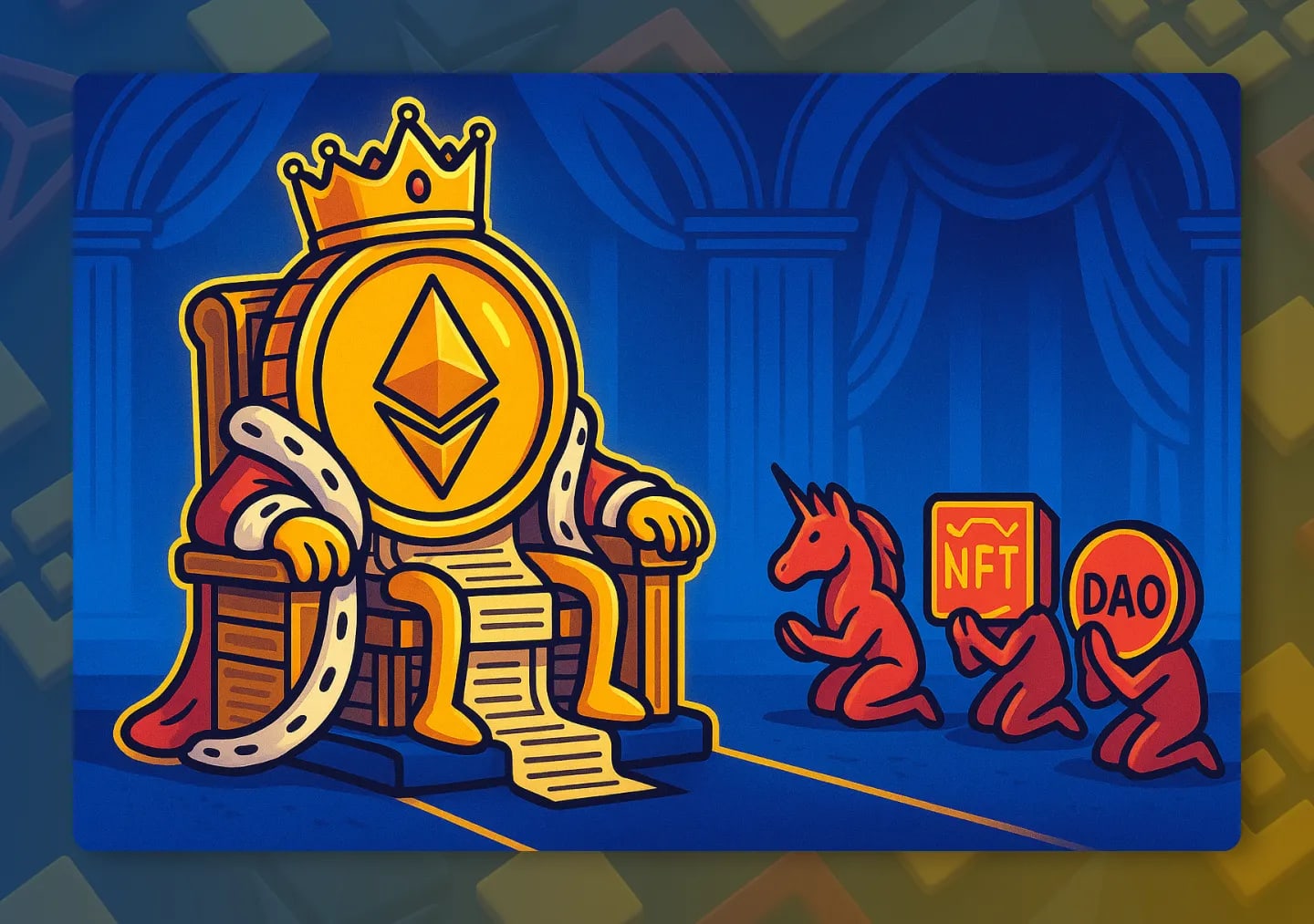
Stablecoin Dominance
TRON handles over 50% of all Tether (USDT) transfers, thanks to its cost efficiency, exchange integration, and remittance corridors.
Traders prefer the TRON-USDT pair because it is much cheaper than Ethereum for transfers under $1,000, and it is faster than Bitcoin-based Tether.
Here’s a detailed breakdown of the top 3 crypto networks with the highest daily USDT volume:
| Network | Avg. Fee | Settlement Time | Daily USDT Volume |
|---|---|---|---|
| TRON | $0.01 | 15 sec | $20B+ |
| Ethereum | $4.50 | 5 min | $12B |
| Solana | $0.0005 | 5 sec | $5B |
TRON has universal exchange support, with 92% of major exchanges like Binance, OKX, HTX, KuCoin, and Bybit listing TRON-USDT pairs.
XRP also has a liquidity advantage, so it is easier to buy and sell large volumes without slippage, and unlike some Ethereum tokens during congestion, it is always available for deposits and withdrawals.
Furthermore, TRON-USDT is highly popular for arbitrage trading between the Asia and the US markets. Asian bots generate 30-50% of TRON’s USDT volume, providing 24/7 activity for the pair. Arbitrage trading proved to be a profitable endeavor in Asia, with many regarding it as a quite stable source of extra income. For example, a Seoul-based bot makes 500 TRON-USDT arbitrage trades every hour, earning around $50 every day after fees.
The pair also works as a remittance corridor, a high-volume money transfer route between countries. Usually used by immigrant workers who send part of their salaries back home, the cryptocurrency pair offers much lower fees than the usual 5-7 percent banking fees, boosting financial inclusion.
The Philippines-Pakistan route processes $200 million every month via USDT-TRON, and Venezuelan merchants increasingly accept TRON-USDT too to bypass hyperinflation and capital controls. In 2023, the Caracas Chamber of Commerce reported that around 40 percent of street vendors in Venezuela accepted TRON-USDT.
BEP-20: Binance Smart Chain’s Design
Binance Smart Chain (BSC) designed BEP-20 to replicate ERC-20’s functionality, but with lower fees and faster transaction speeds.
In July 2017, during its Initial Coin Offering (ICO), Binance raised $15 million in 20 days, selling BNB tokens initially using the ERC-20 protocol on Ethereum, to fund its exchange launch.
In 2019, Binance Coin was migrated to Binance’s own BNB Chain as a native token using the BEP-2 protocol.
Two years later, in 2021, it was expanded to the BNB Smart Chain and became compatible with the Ethereum Virtual Machine (EVM). Binance Coin currently powers a DeFi ecosystem worth more than $5 billion.
BNB Chain Ecosystem Growth
BNB Chain is one of the most active blockchain ecosystems these days. Its low fees drive more than 3.2 million daily transactions compared to Ethereum’s 1 million.
To say that the mass adoption of BNB was a success is an understatement: as of 2024, there are more than 230 million unique wallet addresses on the BNB chain, many of them exchange-managed.
The chain also hosts one of the crypto world’s most diverse ecosystems with more than 1,500 active decentralized applications (dApps).
Leading Projects
The most notable of these applications is undoubtedly the top decentralized exchange (DEX) on the BNB Chain, PancakeSwap V3, which is responsible for 78 percent of the chain’s DeFi Volume. As of 2024, there was $1.5 billion in Total Value Locked on PancakeSwap.
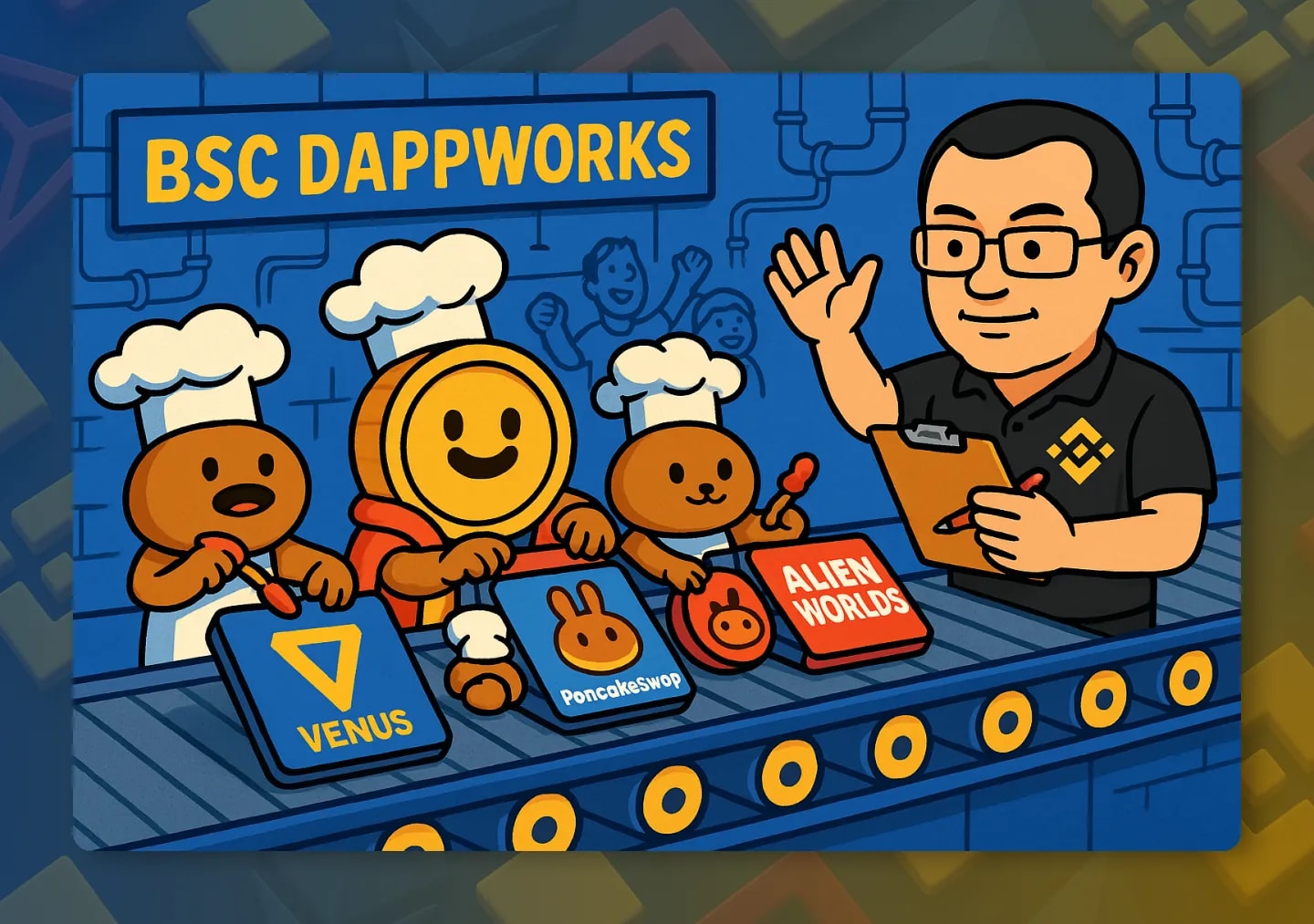
Another popular dApp is Alien Worlds, a play-to-earn (P2E) NFT game built specifically for the BNB Chain. The game is about mining tokens, battling, and governing a virtual metaverse. With no upfront cost, simple gameplay, and valuable NFT rewards, Alien Worlds boasted 1.8 million active users every month in 2024.
Last but not least, BNB Chain’s decentralized lending and borrowing platform, Venus Protocol, is a key dApp in the ecosystem, with more than $800 million originated in loans.
Binance’s Legal Settlement
Binance agreed with the U.S. Department of Justice and the Commodity Futures Trading Commission to $4.3 billion settlement for violating several regulatory compliance rules, including money laundering and sanctions evasion.
The settlement impacted Binance’s market share, with its spot trading share dropping from 52 percent to 44 percent. BNB Coin’s price also dropped by 18 percent due to fear of restrictions immediately after the settlement, but Binance proved operational resilience, and the coin’s price recovered by 32 percent.
The company implemented major compliance measures that helped BNB’s price rebound. Binance made KYC identification mandatory for all users, established a U.S. oversight team to monitor transactions and report to regulators, and launched a Proof-of-Reserves (PoR) system with audits every month.
ERC-20 vs. TRC-20 vs. BEP-20
| ERC-20 (Ethereum) | TRC-20 (Tron) | BEP-20 (BSC) | |
|---|---|---|---|
| Transaction Speed | ~15 TPS | 2,000+ TPS | ~300 TPS |
| Avg. Fee | $5–$50+ | <$0.01 | $0.10–$0.30 |
| Security Model | PoS (Decentralized) | DPoS (Semi-centralized) | PoSA (21 Validators) |
| Smart Contract Support | Excellent | Limited | Excellent |
| Best For | DeFi, NFTs, long-term holding | Low-cost transfers, gambling apps | Affordable DeFi, Ethereum alternatives |
Which One Token Standard Should You Choose?
If security and decentralization are the most important for you, or you are very much into DeFi, NFTs, or want to invest in crypto in the long term, you should choose ERC-20.
If you want fees as low as possible and fast transactions, or you gamble a lot, TRC-20 should be your pick.
If you want Ethereum’s features at lower costs, or you are already active in Binance Smart Chain’s DeFi ecosystem, you should choose BEP-20.
Currently, ERC-20 is the dominant token standard, and upcoming scalability solutions like Ethereum Layer 2s (Arbitrum, Optimism) could reduce its fee issues in the future. Until then, TRC-20 and BEP-20 will probably continue to attract users who value speed and affordability.
Disclaimer: The information provided in this article is for educational and informational purposes only and should not be construed as professional investment advice. Investing carries risks, including the potential loss of capital. Always conduct your research and consult a qualified financial advisor before making any investment decisions. The author and publisher are not responsible for any monetary losses incurred as a result of actions taken based on the content of this article. Invest at your own risk.
Check out the best crypto poker bonus codes and the best crypto casino promo codes !



















